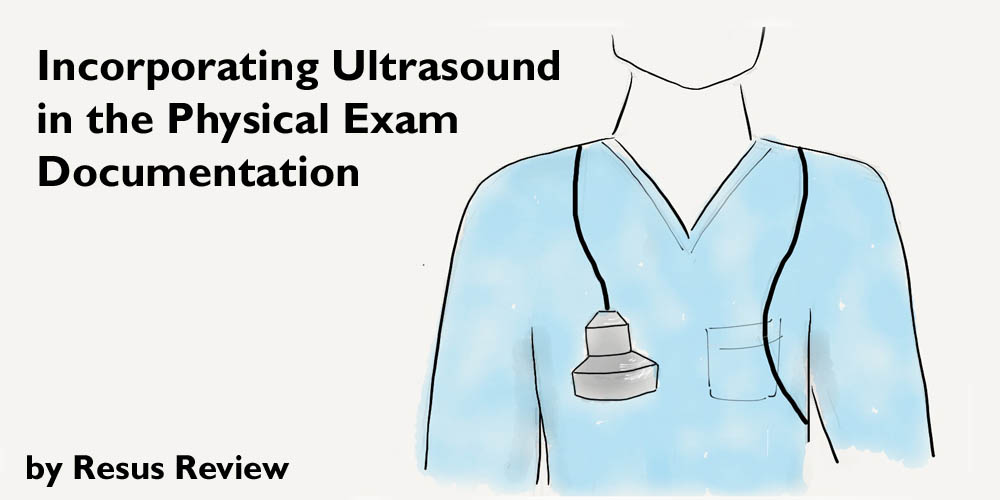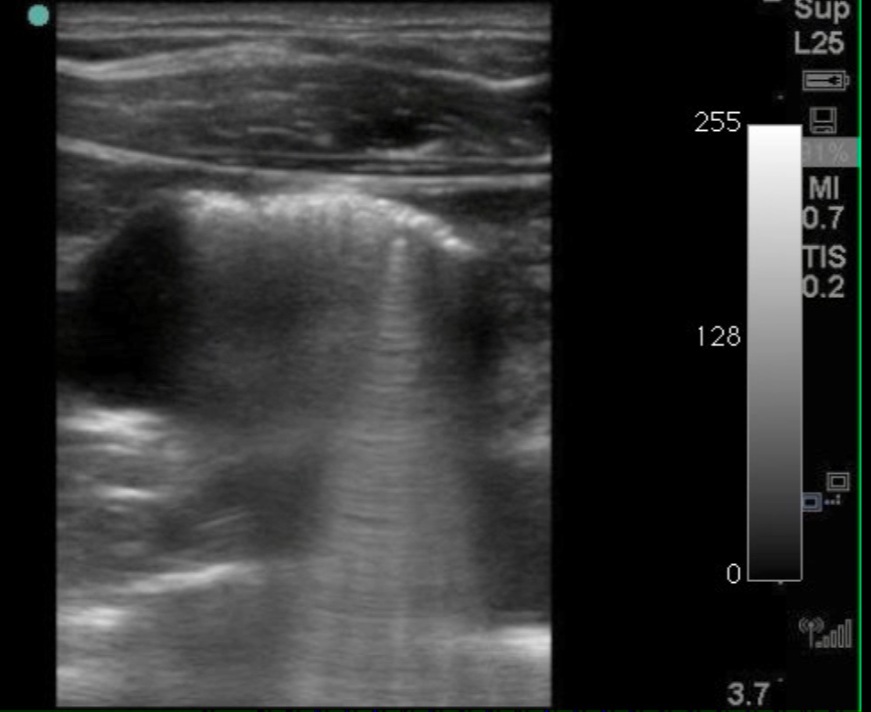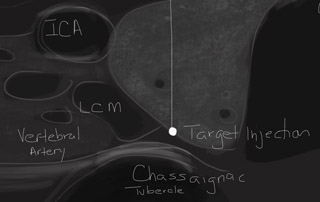We discussed in a previous post our algorithm for evaluation of clinically apparent globe injuries. However, this is less frequent than evaluating a patient with no clinically obvious globe injury.
Globe rupture is more often occult on presentation. The most frequent sites of rupture are not easily visualized, and more superficial injuries may block examination of the posterior segment. Very small sharp foreign bodies can enter the eye through small wounds that are difficult to visualize.
Our institution has developed the following protocol for evaluation of Clinically Non-Apparent Ruptured Globe Injuries and Severely Swollen Peri-Orbital Region and Inability to Easily Open Eye/Eyes
- Ultrasound of involved orbit using sterile ultrasound gel and high frequency US probe.
- Minimize applied pressure to orbit when performing ultrasound.
- Carefully remove all US gel from involved orbit. Use absolute minimal pressure to involved eye while removing US gel.
- Obtain CT scan of orbits or head if clinical suspicion is high for ocular injury or potential for intracranial injury.
- Call Ophthalmology if concerned for abnormal orbital ultrasound.




Contribute your thoughts.